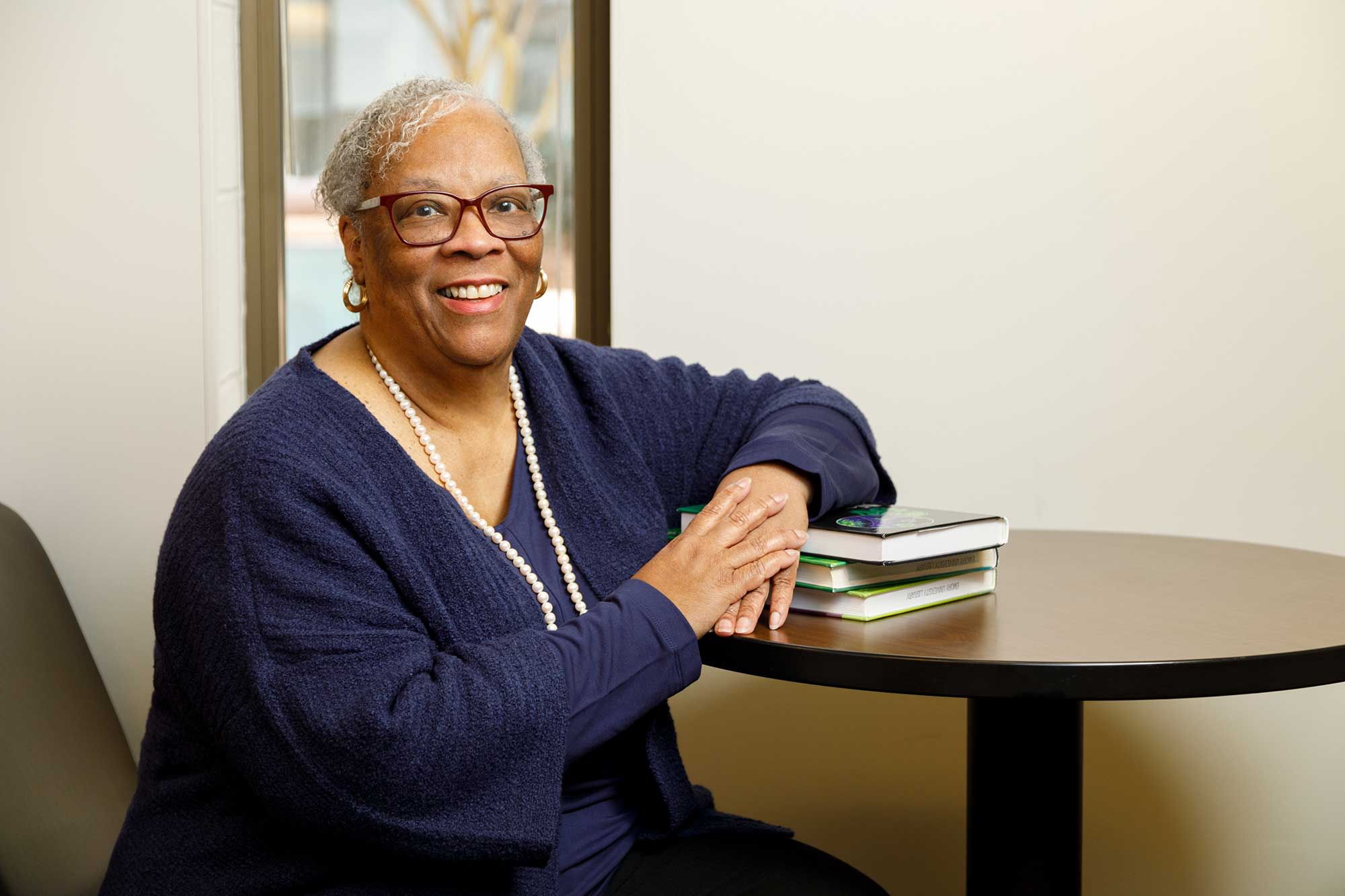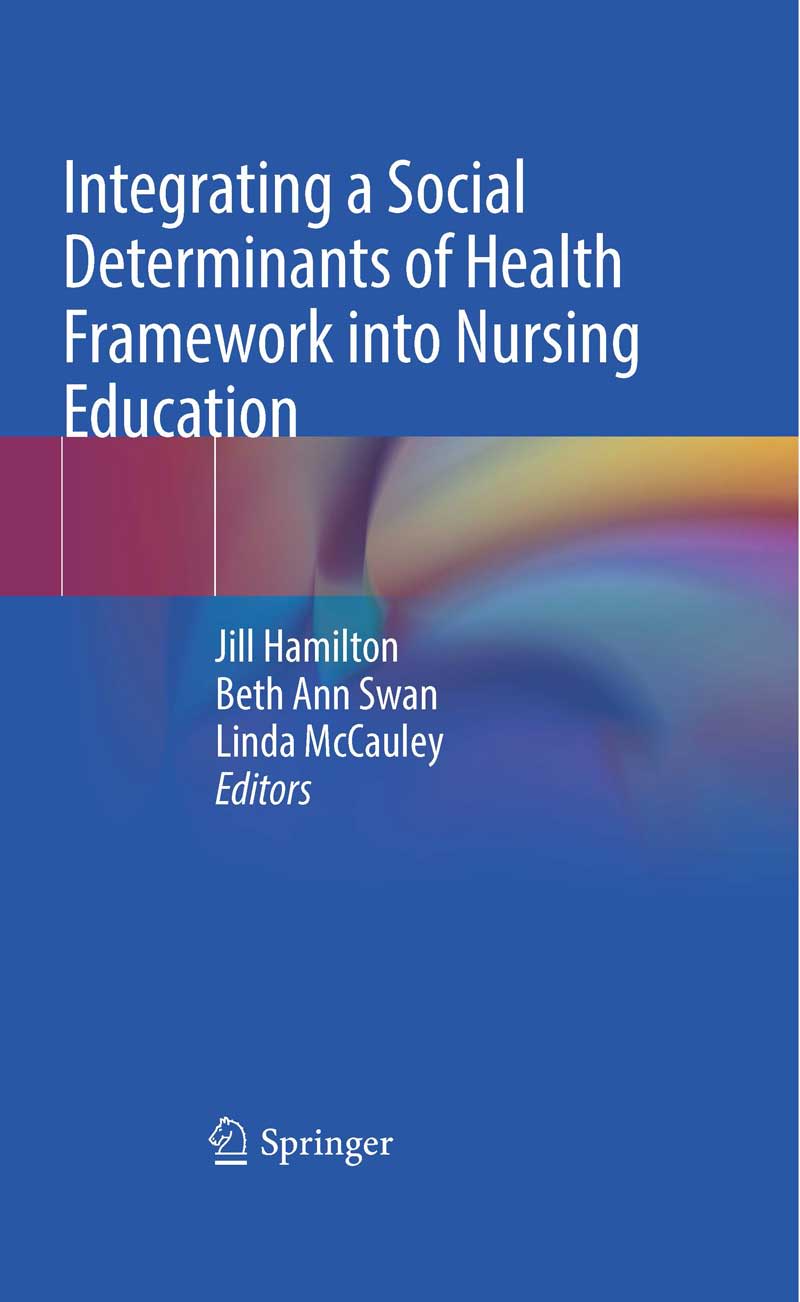Faith in the Future
A new book shows promise for changing how nursing schools teach about the social determinants that affect patients’ health

Jill Hamilton 21MRPL, PhD, RN, FAAN, FAACE, has always been guided by faith. More than once, it has helped the Emory nursing researcher tackle a challenge by answering the question, “How am I going to do this?”
Years ago, the question helped her put others’ skepticism aside to understand how religious songs help African Americans during stressful life events. Her studies dovetailed with her interest in the social determinants of health (SDOH) — the conditions in the communities where people live that affect their health.
Hamilton’s faith saw her through once more when Dean Linda McCauley 79MN, PhD, RN, FAAN, FRCN, asked her to lead an initiative to integrate the SDOH throughout the Emory School of Nursing curriculum. By fall 2021, the social determinants spanned the curriculum for all students.
The following spring, Hamilton, McCauley, and Beth Ann Swan, PhD, RN, FAAN, began work on a textbook describing the framework for integrating the SDOH into every course at the school.
“While there are books out about the social determinants of health, there isn’t one like this,” says Swan, associate dean and vice president for academic practice partnerships at the School of Nursing. “Numerous reports have come out in nursing, medicine, and health care about how significant the SDOH are in relation to a person’s illness and overall health and well-being. The publisher saw a gap in this arena and jumped at the chance to publish this book.”
Published in February by Springer Publishing, Integrating a Social Determinants of Health Framework into Nursing Education centers on the framework Hamilton developed for the School of Nursing curriculum. The framework includes four SDOH pillars — social, cultural, environmental, and policy and law — that affect health and well-being.
“It was clear to me that nursing needed a framework that could guide us in the way we approach social determinants among the diverse populations we serve,” she once said of her concept. “Nurses are in hospitals, in clinics, in communities, and in schools. We needed a framework that’s useful, regardless of the setting or population.”
The book's editors and publisher see it as a resource for nursing school leaders and faculty, professional nursing organizations, community organizations, public health agencies, nurses, and legislators. In the long run, the book could lead to improved health care quality and access, especially for patients from different backgrounds.
“It’s more important than ever for nurses to understand the populations they are taking care of,” says McCauley. “We need to understand, as best we can, their lived experiences and how that affects their health. We must all strive to be agents of change for our patients.”

The book details how faculty integrated the social determinants of health into every course at the Emory School of Nursing.
The book details how faculty integrated the social determinants of health into every course at the Emory School of Nursing.
“It was clear to me that nursing needed a framework that could guide us in the way we approach social determinants among the diverse populations we serve.”
